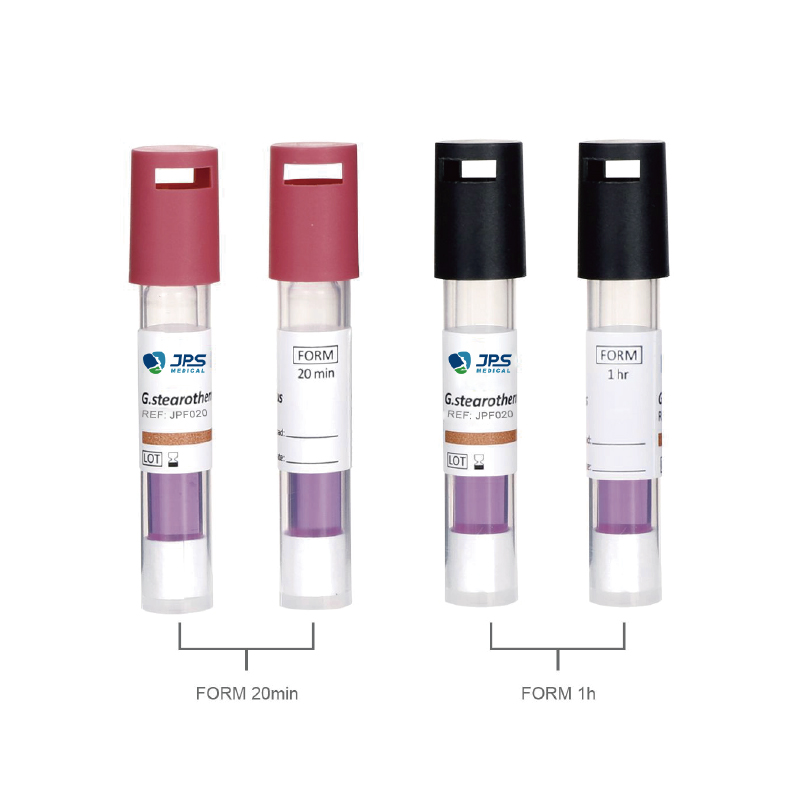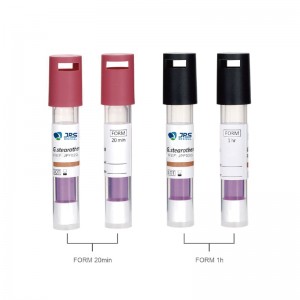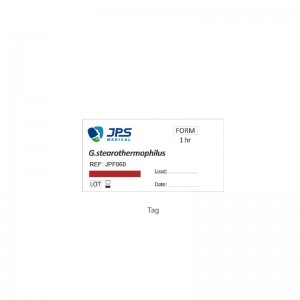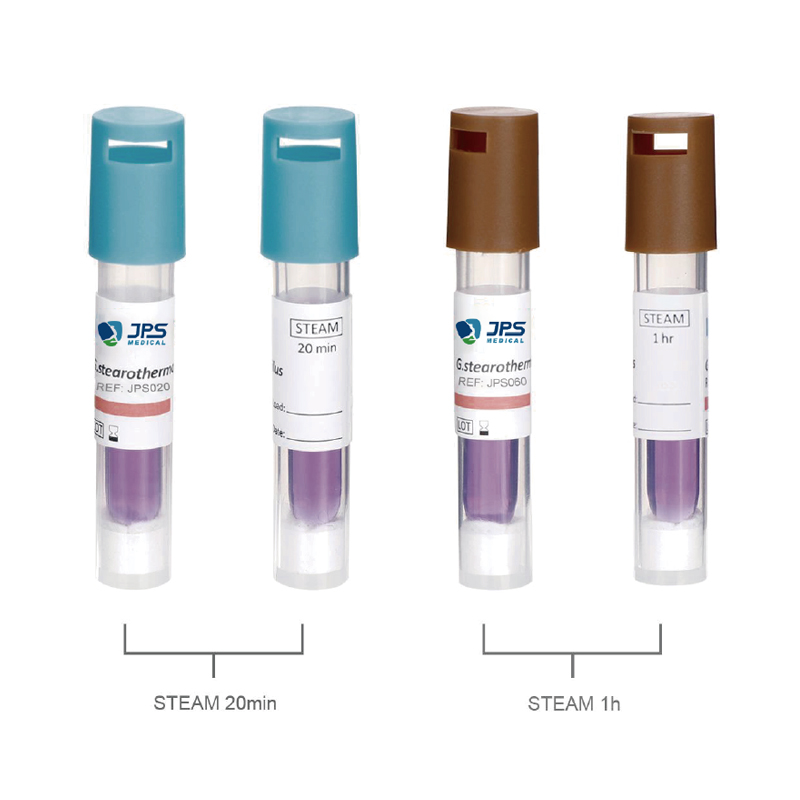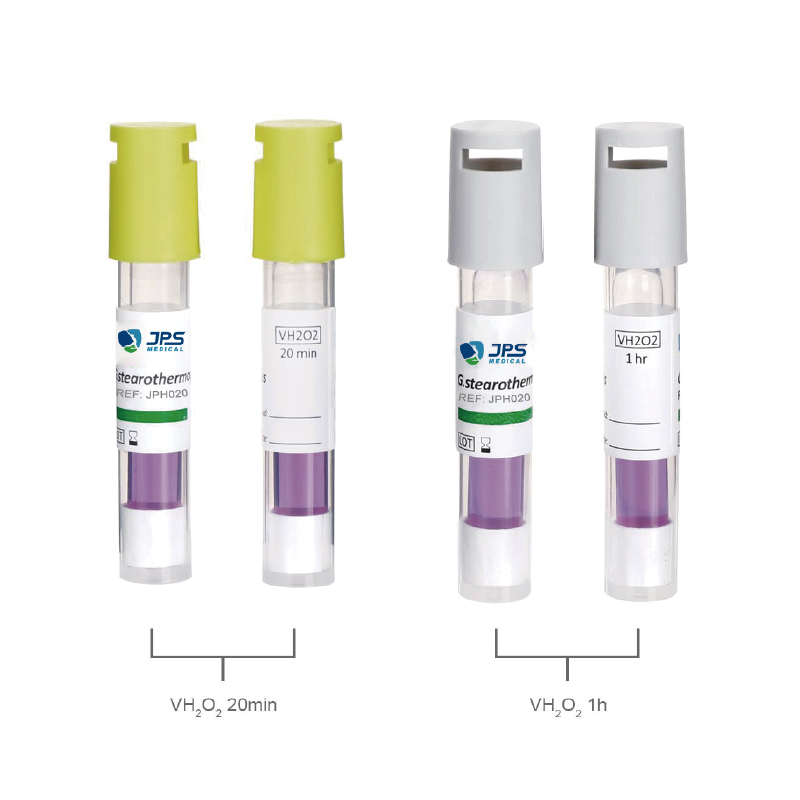Formaldehyde Sterilization Biological Indicator
| PRPDUCTS | TIME | MODEL |
| Formaldehyde Sterilization Biological Indicator (Ultra Super Rapid Readout) | 20min | JPE020 |
| Formaldehyde Sterilization Biological Indicator (Super Rapid Readout) | 1hr | JPE060 |
| Formaldehyde Sterilization Biological Indicator | 24hr | JPE144 |
| Formaldehyde Sterilization Biological Indicator | 48hr | JPE288 |
Microorganisms:
●The biological indicators contain spores of highly resistant bacteria, such as Bacillus atrophaeus or Geobacillus stearothermophilus.
●These spores are chosen for their known resistance to formaldehyde, making them ideal for validating the sterilization process.
Carrier:
●The spores are applied to a carrier material, such as a paper strip or stainless steel disc.
●The carrier is placed within a protective package that allows the sterilant to penetrate but protects the spores from environmental contamination.
Primary Packaging:
●The biological indicator is enclosed in a material that ensures it can be easily handled and placed within the sterilization load.
●The packaging is designed to be permeable to formaldehyde gas while maintaining the integrity of the biological indicator.
Placement:
●The biological indicators are placed in challenging locations within the sterilizer load, such as the center of packs or in areas where formaldehyde penetration is expected to be the most difficult.
●Multiple indicators may be used in different locations to verify uniform distribution of the sterilant.
Sterilization Cycle:
●The sterilizer is run through its standard cycle, typically involving a controlled concentration of formaldehyde gas at a specific temperature and humidity for a set period.
●The indicators are exposed to the same conditions as the items being sterilized.
Incubation:
●After the sterilization cycle, the biological indicators are removed and incubated under conditions favorable for the growth of the test organism.
●Incubation periods typically range from 24 to 48 hours, depending on the specific microorganisms used.
Reading Results:
●After incubation, the indicators are examined for signs of microbial growth.
●No growth indicates that the sterilization process was effective in killing the spores, while growth indicates a sterilization failure.
Validation and Monitoring:
●Biological indicators provide the most reliable and direct method for ●validating the effectiveness of formaldehyde sterilization processes.
●They ensure that the sterilization parameters (time, temperature, formaldehyde concentration, and humidity) are sufficient to achieve sterility.
Regulatory Compliance:
●The use of biological indicators is often required by regulatory standards and guidelines (such as those from ISO and ANSI/AAMI) to validate and monitor sterilization processes.
●BIs are an essential component of quality assurance programs in settings that require stringent sterility, such as healthcare facilities and pharmaceutical manufacturing.
Quality Assurance:
●Regular use of biological indicators helps maintain high standards of infection control and patient safety by providing ongoing verification of sterilizer performance.
●They are part of a comprehensive sterilization monitoring program that may also include chemical indicators and physical monitoring devices.
Self-Contained Biological Indicators (SCBIs):
●These indicators include the spore carrier, growth medium, and incubation system in one unit.
●After exposure to the sterilization cycle, SCBIs can be activated and incubated directly without additional handling.
Traditional Biological Indicators:
●Typically consist of a spore strip within a glassine envelope or a vial.
●These indicators require transfer to a growth medium after the sterilization cycle for incubation and result interpretation.

